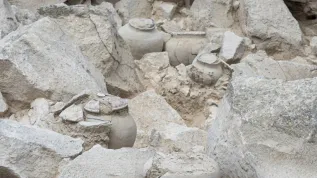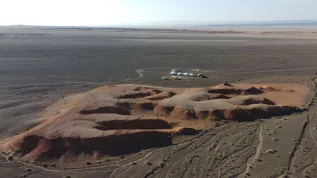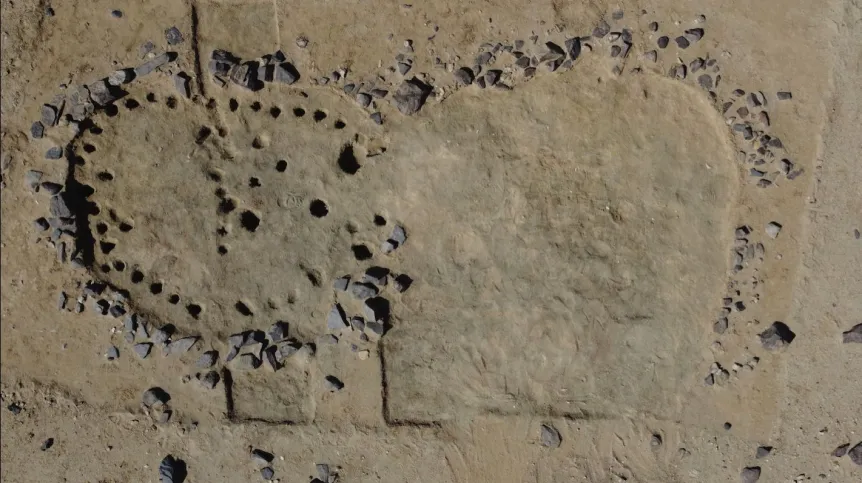
Polish researchers working in the Bayuda desert in Sudan discovered a salty palaeolake, from which the rare mineral natron was extracted. Natron was used, among other things, for mummifying bodies, producing glass and ceramics. As a result of many years of work, the researchers identified over 1.2 thousand new archaeological sites, including over 400 in the Polish National Science Centre project.
The Bayuda desert, located in the central part of Sudan, is one of the least explored areas in the country. Sporadic archaeological research in Bayuda began in the mid-20th century, but systematic work did not begin until the 21st century.
Polish scientists from the University of Wrocław, the Polish Centre of Mediterranean Archaeology of the University of Warsaw and the Archaeological Museum in Gdańsk have been conducting extensive field research in selected locations of the desert for over six years. In total, they identified over 1.2 thousand new archaeological sites. As part of the Polish National Science Centre project 'Prehistoric communities of the Bayuda desert in Sudan - new frontiers of the Kingdom of Kerma', they discovered 448 sites and verified 126 previously known sites. Excavations were carried out at 88 sites, including 36 cemeteries and 55 settlements, from the Paleolithic to the Middle Ages.
A general summary of the results of their work was presented in the journal Antiquity. Preliminary results were published in the periodical Nubia (volume "Bayuda and its Neighbours").
'Archaeological research to date in the Bayuda desert has revealed many new archaeological sites, located both on the edges and deep in the desert, far from the Nile Valley. These sites provide valuable data on thousands of years of settlement and cultural, environmental and climatic changes in the Bayuda desert, as well as the transformation of the natural and cultural landscapes of this place', explains the head of the research project, Henryk Paner, PhD, from the Polish Centre of Mediterranean Archaeology of the University of Warsaw.
The most important discoveries concerning climate change include: a palaeolake located in the central part of Bayuda; bones of savannah animals at a site from the Mesolithic period (the Stone Age period lasting from about 11 to 7 thousand BCE) and remains of insects (beetles) found in a clay vessel at a cemetery of the Kerma culture (an ancient kingdom existing in the years 2500-1500 BCE). The latter also indicate a much more humid climate than today, at least in the first centuries of the Kingdom of Kerma.
Research conducted in the complex of volcanic fields has shown that the salt lake discovered there, located near Jebel El-Muwelha (Salt Mountain), was a place of exploitation of deposits of a rare mineral - natron.
"'Natron is a mineral - sodium carbonate, which occurs only in a few regions of the world. In North Africa, one of the main sources of natron is Wadi Natrun in Egypt. In ancient Egypt, natron was used to mummify bodies and to produce glass and ceramics. This discovery requires a re-analysis of the communication routes between the volcanic fields, the Nile and further north, in the context of possible trade with Egypt'," Henryk Paner explains.
The oldest archaeological sites, dating back to the Paleolithic, are located in the northwestern and southeastern parts of Bayuda.
They contain artefacts related to the tradition of stone tools of the Oldowan culture, i.e. the oldest Paleolithic culture, dated to 2.6-1.7 million years BCE. They also contain the remains of an Acheulean workshop, originating from one of the Paleolithic cultures, which produced large flakes and tools for various uses.
Research conducted in Bayuda shows that manufacturing existed in this place also in the Middle Stone Age (approx. 300–50 thousand years ago). This is evident from the method of stone processing and tool production in the Middle Paleolithic, the so-called Levallois technique.
'Its use required many intermediate steps to shape the core in such a way as to obtain a single flake with the intended shape. This indicates the early presence of Homo sapiens in this part of Africa', Paner comments.
The only Mesolithic cemetery identified so far in Bayuda is located in its central part, on the slope of Jebel El Gharra, and contains at least 16 burials of adults, distributed in three or four layers.
Radiocarbon dating of the burials indicates that the cemetery was used in the 7th-6th millennium BCE. In the graves, researchers found shells, a stone pendant and beads made from ostrich eggshells. A similar chronology was established for the area called the Hunters' Settlement, located in the eastern part of the desert, at the foot of Jebel El-Fuel. Almost 300 fragments of animal bones, almost 3.4 thousand stone artefacts and about 2 thousand pottery pieces were discovered at that site. All the bones came from wild, game animals and have been radiocarbon dated to 6 thousand years BCE.
PAP - Science in Poland, Ewelina Krajczyńska-Wujec
ekr/ agt/
Gallery (5 images)
-
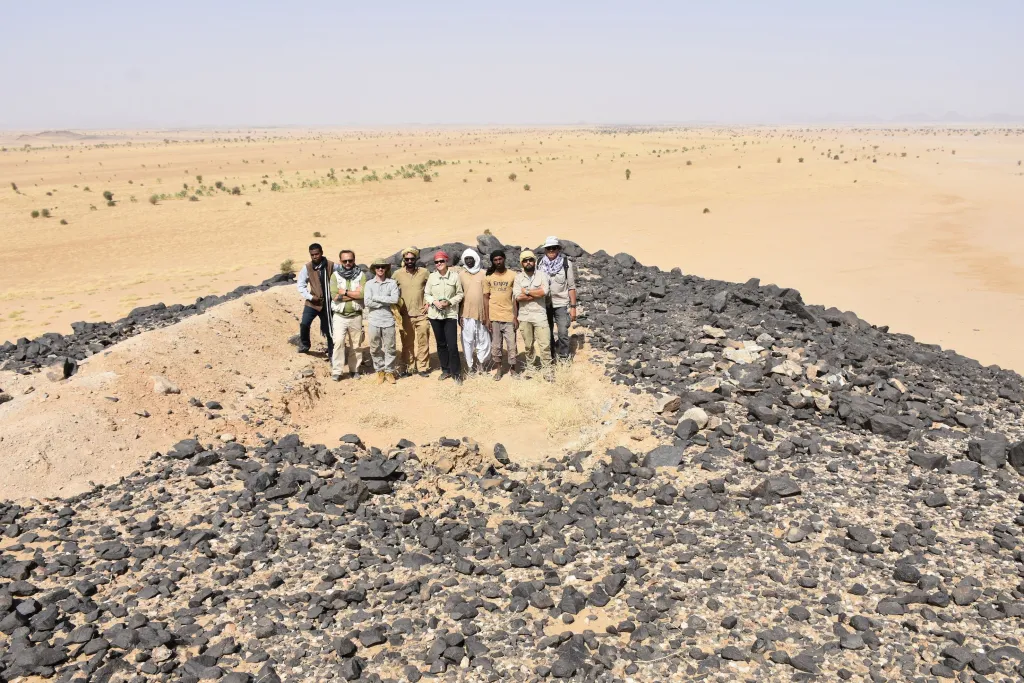 1/5Archaeologists from Gdańsk and Wrocław at the Mesolithic cemetery BP952. Credit: Ewa Lesner
1/5Archaeologists from Gdańsk and Wrocław at the Mesolithic cemetery BP952. Credit: Ewa Lesner -
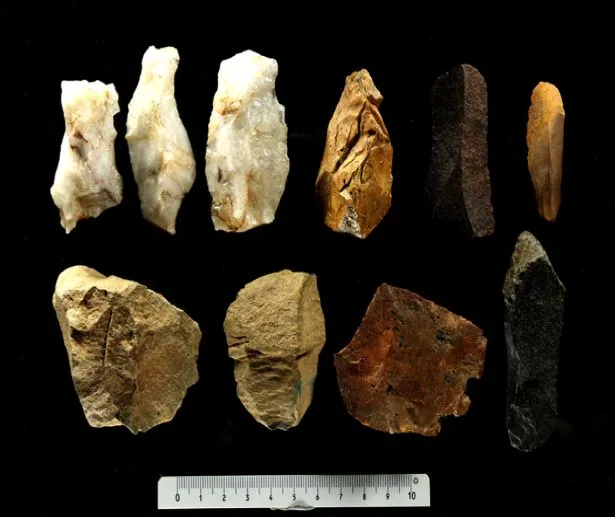 2/5BP1044 Hunters' Settlement, selected stone artefacts. Credit: M. Jórdeczka
2/5BP1044 Hunters' Settlement, selected stone artefacts. Credit: M. Jórdeczka -
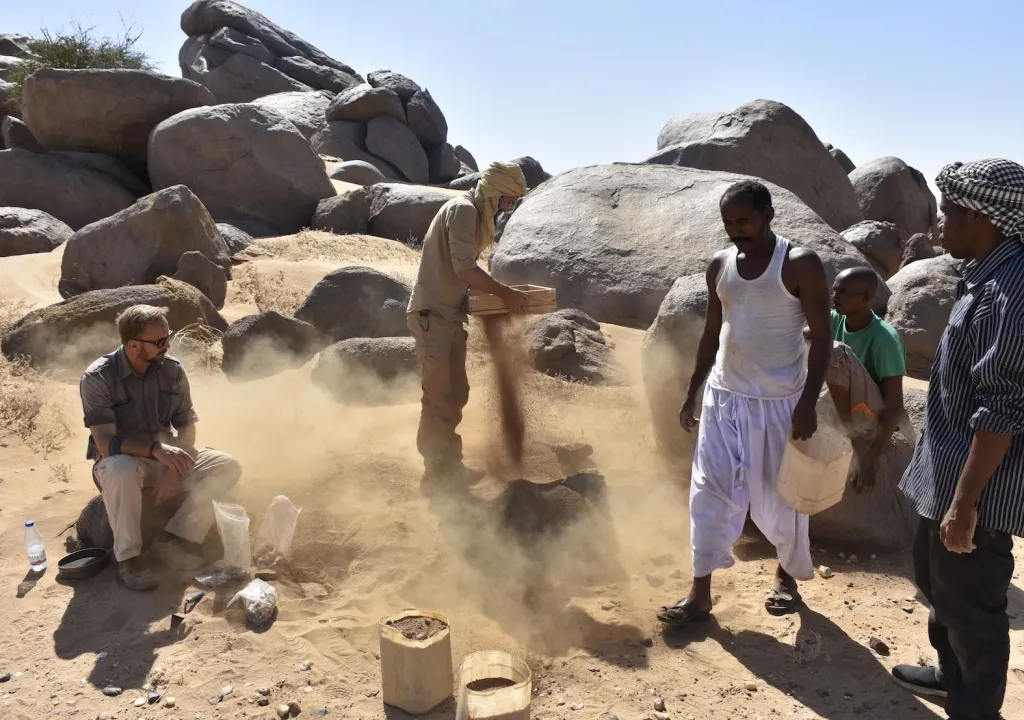 3/5Hunters' Settlement BP 1044, sifting material from the excavation. Credit: Henryk Paner
3/5Hunters' Settlement BP 1044, sifting material from the excavation. Credit: Henryk Paner -
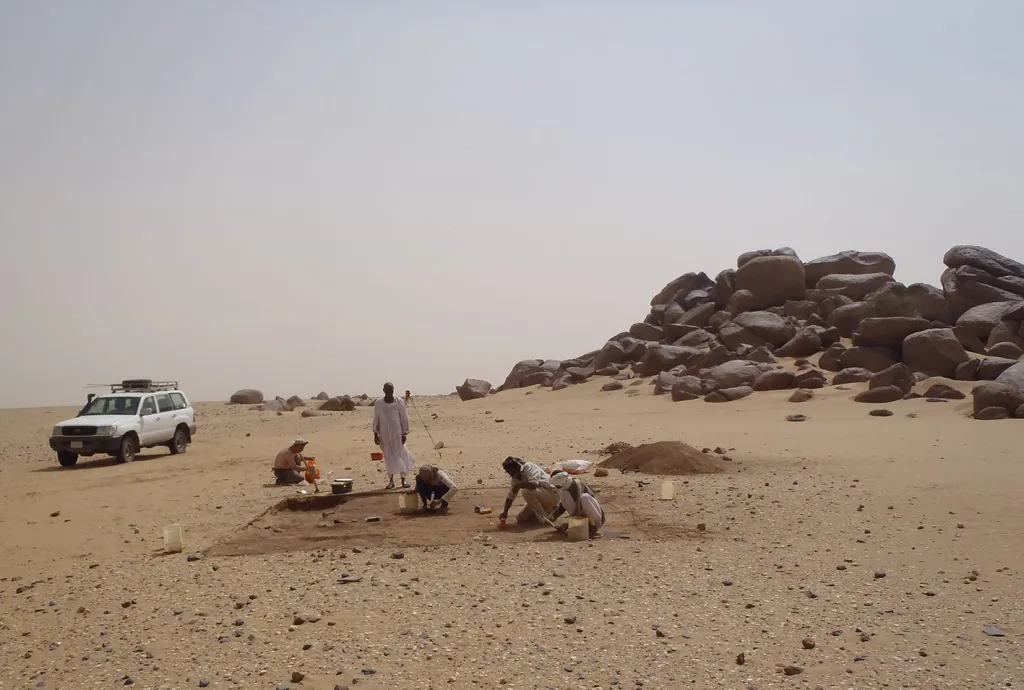 4/5Archaeological work at site BP 1044 (Hunters' Settlement). Credit: Henryk Paner
4/5Archaeological work at site BP 1044 (Hunters' Settlement). Credit: Henryk Paner -
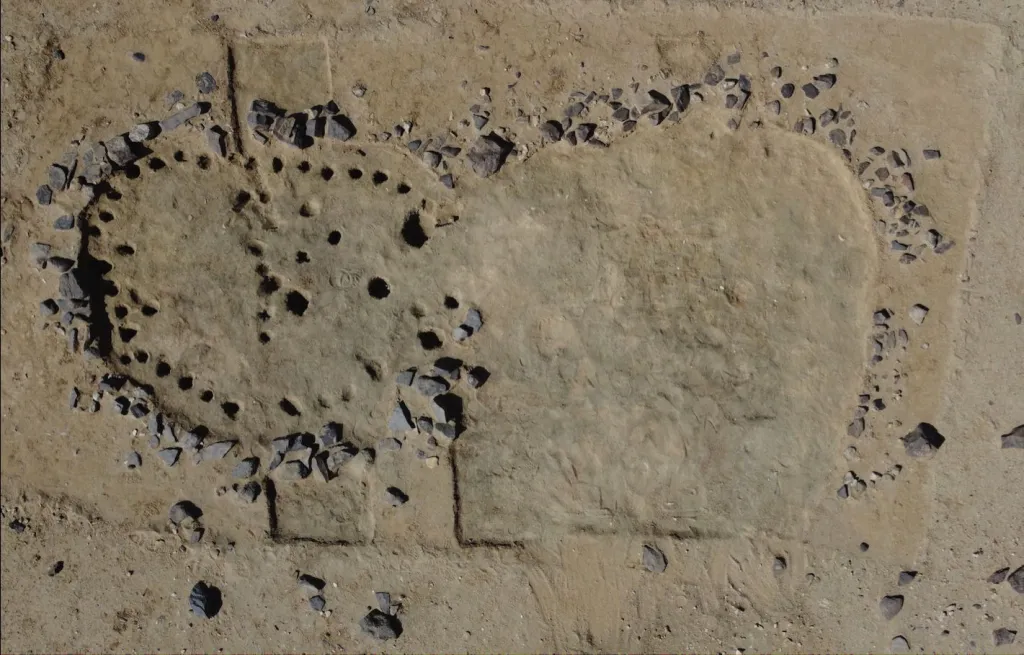 5/5Site BP 784, relics of a hut with an annex from the Middle Ages. Credit: Patryk Muntowski
5/5Site BP 784, relics of a hut with an annex from the Middle Ages. Credit: Patryk Muntowski

